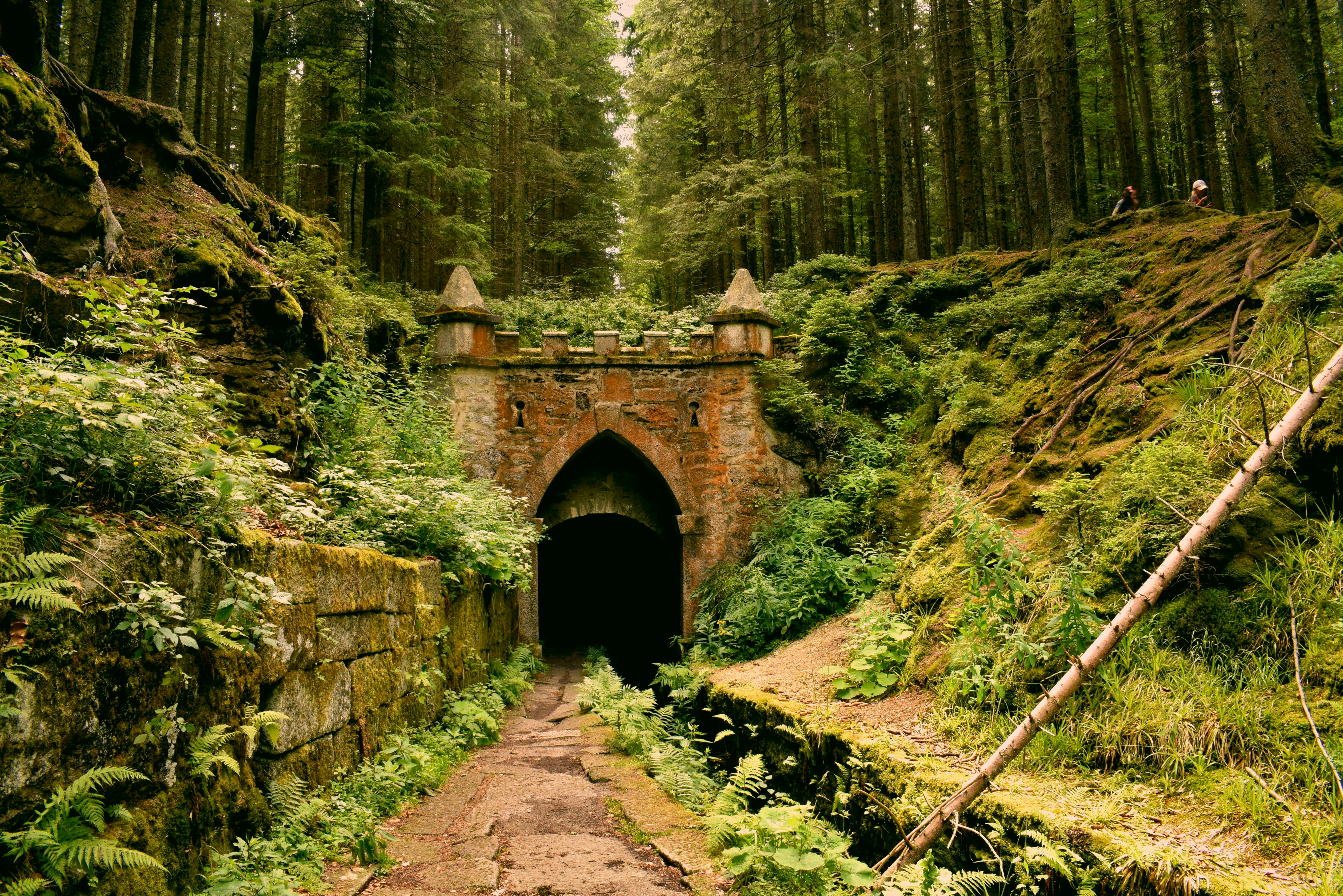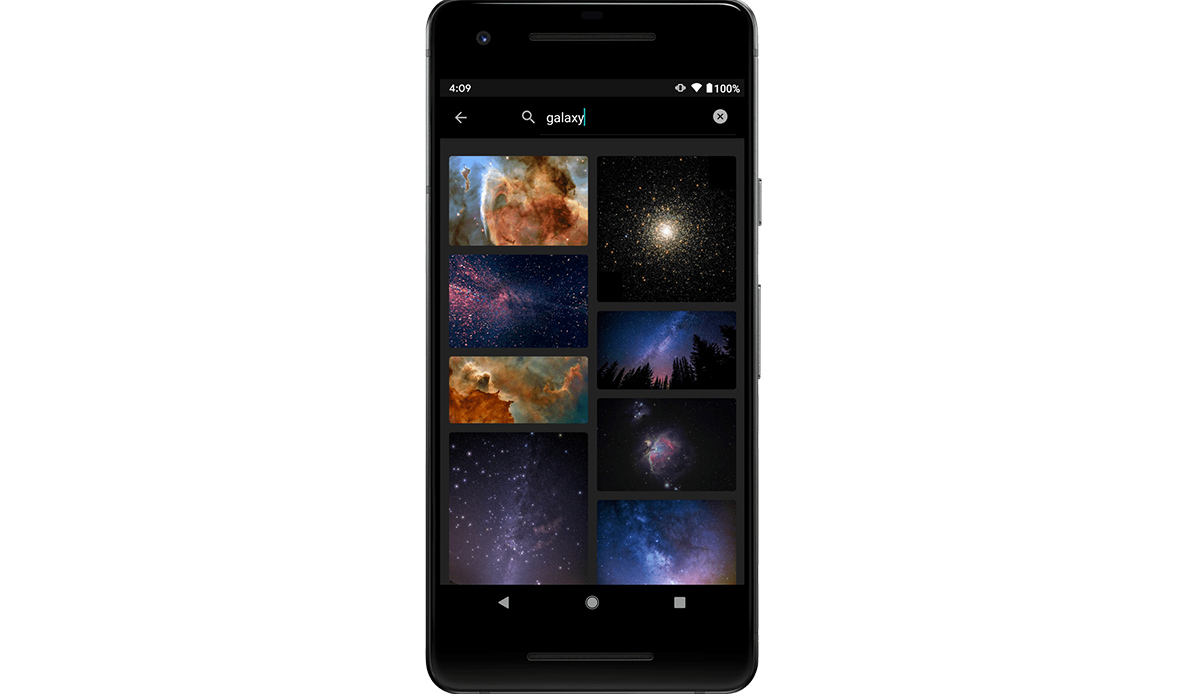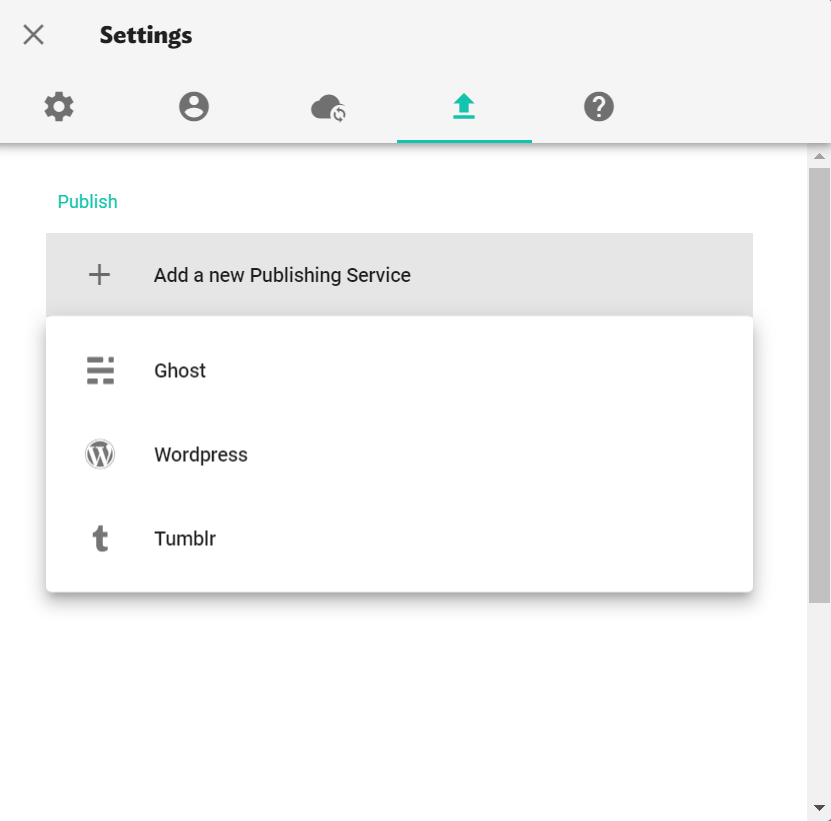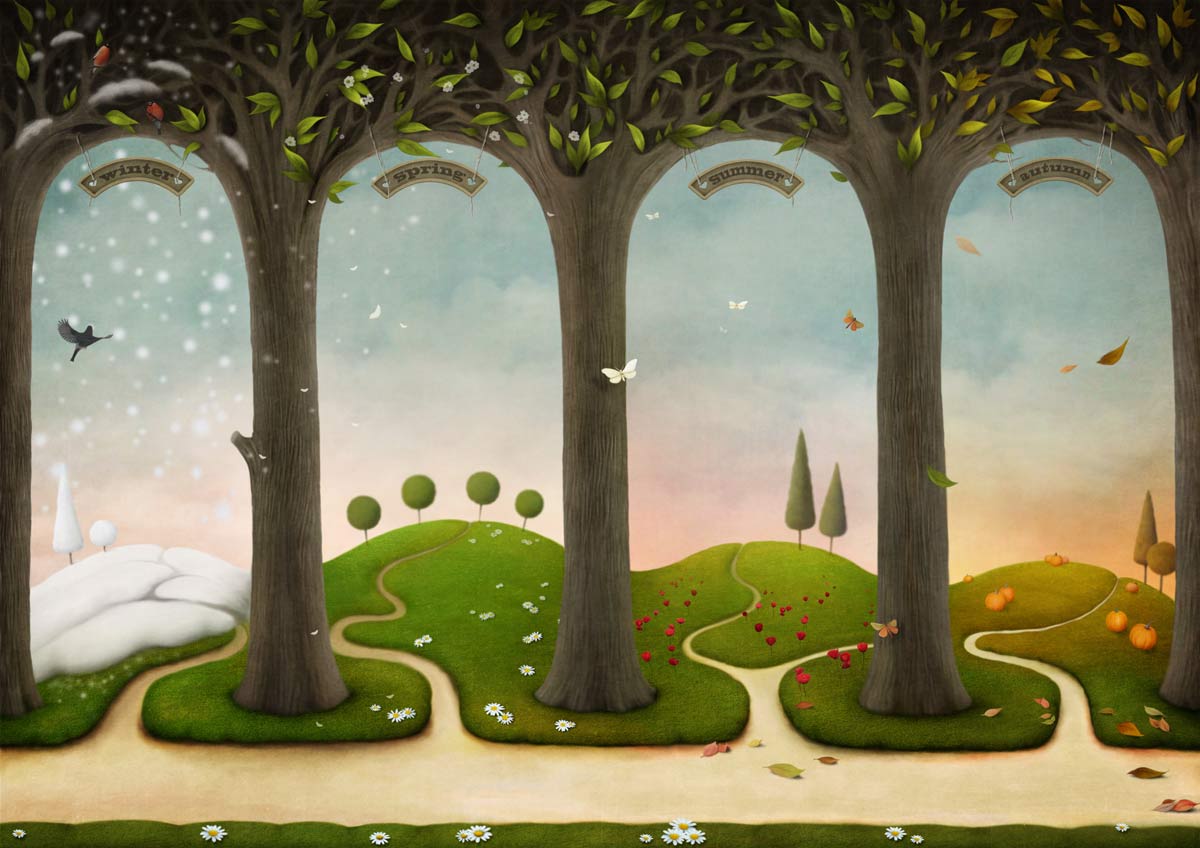In the past few weeks, we've had you work hard on establishing and fleshing out your plot and your characters as part of the One Year Novel challenge. Now, let's move on to yet another important aspect of any story: the setting and locations!
One could even say that plot, characters and setting make up the backbone of every story. And that is why it's paramount that we take around 2 weeks to properly draw up the setting of your story! Without a well-established setting, your novel will fall through even with good characters and plot.
The importance of a well-developed story setting

The setting of your story is basically the backdrop of your novel; the place or world in which your story takes place. A good setting is needed for a sense of place, and can also provide explanation and context for your main character's actions.
Now, you may already have an idea of your setting after developing your plot and characters so thoroughly in the past few weeks. However, it's always good to dedicate some time to thoroughly develop your setting, make sure you cover all bases, and identify all key locations in your story.
A well-developed story setting is what will truly bring your story to life. When your readers can envision the world in their minds, that is when they'll truly connect with your story and your characters!
Elements of a good story setting
Let's take a look at what you should keep an eye out for when building the setting of your story. First of all, you should keep these 3 types of setting in mind during the planning process:
- Temporal setting: This is the time period or era in which your story takes place. Is your story set in modern times, or a medieval world? Even a 10 year difference (the 1990s vs the 2000s) is important to take note of!
- Environmental setting: the larger geographical area of your story. This could be something as small as New York City, or as large as Middle Earth.
- Individual settings: Specific places within the environmental settings. (E.g, your protagonist's house, the Gryffindor Common Rooms, or a local hangout spot are all considered individual settings.)
When you break story settings down into these 3 elements, it becomes much easier to manage and plan for!
Speaking of planning for, it's time to get right into things. Here are 5 helpful tips that will guide you along the process of creating a vivid and well-developed setting for your story!
5 Tips for creating a vivid setting for your story
1. Make sure your setting fits your story
This is the most important tip to keep in mind as you choose the right setting for your story. Your setting should complement and even drive your plot. Your setting can help determine the right mood, atmosphere and pace that your story aims to convey.
For instance, The Hound of the Baskervilles is set in the foggy moors to emphasize the mystery of this murder-mystery novel. This is just one example of how the setting can reinforce the "vibe" and atmosphere that you want your novel to convey.
You should also think about whether you'd like to set your story in our current world, or in an entirely fictional fantasy world. There are pros and cons to both, and your setting can even include elements of both. For example, Harry Potter is set in our modern world, but also has an alternate magical dimension that is fictional, yet is still based on England.
2. Consider how your characters interact with your setting
Your story setting isn't just a static location for your story to take place in. Not only can your character interact with your setting, the setting can influence and affect your characters as well!
Here's an example of how the setting can influence the character. In The Hunger Games, Katniss grows up to be strong and independent, since she's had to hunt to provide for her mother and her sister. Her survival skills, learned out of necessity due to the poverty-stricken District, is what helps her navigate the Games.
With the same example, let's take a look at how the character can influence the setting. Katniss' friendship with Rue touches the hearts of the people in District 11, and her actions as well as Rue's death spur a rebellion within District 11.
3. Research locations thoroughly

Photo by Louis Paulin on Unsplash
If you've decided to use the real world as the setting of your story, thorough research has to be done! This is especially so if you've decided to set your story in a different location that you're not entirely familiar with, or in a different time period.
Here are just some things you have to research into:
- The social and political norms of that time and place
- What is the technology like?
- What is the history of the location?
- What is the architectural style of the location?
- What is the population like?
- What is the culture of that time or place?
- Any local customs, folklores or superstitions?
The Internet is the most useful resource, so be sure to make use of it! Not only should you Google search frequently, but you should also consider contacting sensitivity readers if you're writing about a place or culture you're not familiar with.
4. Identify and develop key locations
Chances are, you'll have several location that will feature prominently in the story, or will serve a larger purpose. For example, a protagonist's home, Hogwarts, or a battlefield where the final fight will take place. These are all places that you should identify and prioritize when it comes to planning the setting of your story!
It will be helpful if you can create a list of all the locations in your story, and identify a few that you want to focus on most. This way, you can save yourself lots of time and effort and put your energy into the places that matter most.
4. Get detailed
Similar to building and developing your characters, it can be helpful to establish more details about your setting than what you'll be writing about. This is especially useful if you're planning to create your own fictional world or city as your story setting.
Here are just some guiding questions that you can ask as you're creating your fantasy story setting! There are also many world-building templates that you can find online with just a simple Google search.
5. Find visual inspirations
If you're a visual person, you may also want to consider searching up images and even videos to help you get inspired for your story setting! Some people use Pinterest boards to piece together an idea of what their world will look like.
With JotterPad, you can easily add images into any Markdown document using Unsplash and by URL. This means that you can supplement your notes and plans with images with just a few clicks, and with no fuss at all!

If you're looking to create a fantasy world, it may even be in your best interest to create a map! This can be a fun, albeit difficult, exercise, but it can certainly help with the plot and setting planning process.
Depending on how much you've already worked on your setting beforehand, this part of your One Year Novel challenge may or may not be a walk in the park. However, we encourage you to have fun with planning the setting of your story as much as possible!
If you thrive with a community, why not consider publishing your planning notes on a blog of your choice. With JotterPad, you can directly publish any of your work onto Tumblr, Wordpress or Ghost and share your One Year Novel challenge progress with the world!

Have fun, good luck, and we'll see you in the next installment.

